Gurudwara Chatti Patshahi : A Pillar of Sikh Heritage in Kashmir
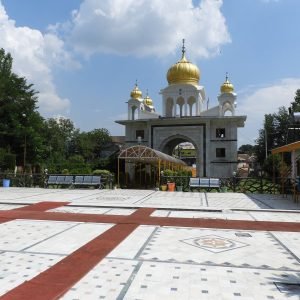
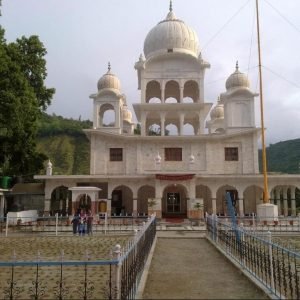
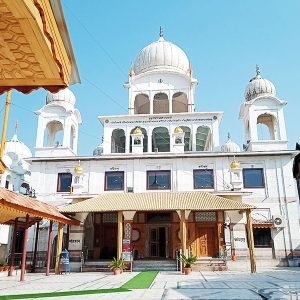

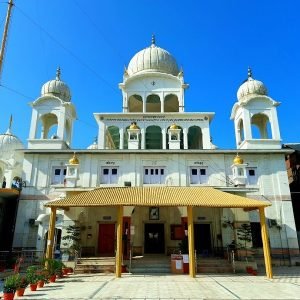
Table of Contents
Toggle1. Introduction
Gurudwara Chatti Patshahi, lying in the summer capital of Jammu and Kashmir, is a greatest religious and historical center for all Sikhs. This holy shrine is held sacred and is of great importance to the followers of Guru Har Gobind, the sixth Sikh Guru. Vibrant history, spiritual ambiance and tranquil surroundings make this a religious center and also a favorite tourist destination in the Valley of Kashmir.
It is a guide that digs deeper into the life of the Gurdwara Chatti Patshahi, considering history, architecture, spiritual significance, and the cultural essence of the sacred space.
2. Historical Background
This Gurudwara is attributed to Guru Har Gobind. Along with his traveling, the guru visited Kashmir on his preaching mission for Sikhism. According to history, he reached Srinagar in the early 17th century at the time of Mughal Emperor Jahangir. It is believed that the place where the Gurudwara stands today is where Guru Har Gobind had stayed and preached to the local populace, focusing on the principles of self-defense and righteous living.
The name “Chatti Patshahi” literally translates into “The Sixth Emperor,” which refers to Guru Har Gobind’s title as the sixth spiritual leader in the Sikh faith. His visit to the region comforted many Sikhs who resided in Kashmir and this gurudwara would be a remembrance of his visit.
3. Spiritual Significance
Gurudwara Chatti Patshahi is highly important from a religious perspective for Sikhs. It is considered one of the most sacred shrines of Kashmir, and it attracts thousands of devotees and pilgrims from around the globe. Devotees and local traditions have proof that during his sojourn there, Guru Har Gobind worked miracles for local communities in case of conflicts.
The essence of Guru Har Gobind, particularly in his teachings on “Miri” and “Piri,” or the dualism of spiritual and temporal authority, lives in the hearts of Sikhism’s followers. Instructions from him to seek enlightenment and also to offer self-defense formed the dual thrust of Sikh Gurus as saints and soldiers.
In Sikh history, Guru Har Gobind brought to the religion the martial element that distinguished his period from the earlier periods during which Sikhism was spiritual and peaceful. His trip to Kashmir and the subsequent construction of this Gurudwara embody that kind of balance between spiritual devotion and the need for a readiness to take up arms and defend righteousness.
4. Architectural Grandeur
A striking example is Gurudwara Chatti Patshahi, with traditional Sikh architecture blended with the local Kashmiri styles. The white façade of this place, elegantly designed arched windows and intricately carved wooden panels speak for themselves about the harmonious blend of two cultures: Punjabi and Kashmiri Sikh.
The sanctum of the architecture, where Guru Har Gobind is believed to have stayed, is extremely simple and yet so captivating. The major prayer hall is a large space where devotees go to pray, perform kirtan and listen to religious discourses. Frescoes and paintings adorn the walls of the Gurudwara’s sanctum depicting the lives of the Sikh Gurus, including Guru Har Gobind.
The design and structure of the Gurudwara are so built that light floods in and makes the interiors a serene place. The dome placed atop the structure and the flag of Sikhism (Nishan Sahib) help drive home the point that this is a sacred place. There is also a sacred pool or sarovar alongside the shrine, which could be used by devotees for ritual ablutions and meditation.
5. A Center for Community and Charity
One of the basics of Sikhism is “Seva,” selfless service to humanity and Gurudwara Chatti Patshahi resonates with this aspect. The Gurudwara runs a “Langar,” a free community kitchen where meals are prepared and served to one and all without any discrimination whatsoever in the background. Langar is a form of service practice that is aimed to epitomize the ideals of equality, humility and belonging in Sikhism.
Visitors often experience the vibrant spirit of volunteerism as devotees are actively participating in cooking, cleaning and serving food. It is a tradition that becomes not only a line for serving meals but also the confluence for unity, which dissolves the barriers of caste, creed, and social status.
In times of disasters or calamities, the Gurudwara has been in the forefront, providing shelter and relief to the needy. From the raw Kashmiri winters to floods and unrest, the shrine has always been a haven for many. The spirit of giving and helping the community at large characterizes this religious site, making it a cornerstone for social welfare in the region.
6. Cultural and Religious Harmony of Kashmir
Kashmir has always been a potpourri of various cultures and religions. The valley has always seen the existence of multiple faiths in itself, such as Islam, Hinduism, Buddhism and Sikhism. Gurudwara Chatti Patshahi is an example of this cultural and religious diversity.
Though a Sikh population in Kashmir is relatively small in number, this Gurudwara has nurtured inter religious harmony in the region. It is also considered by the local Muslims and Hindus. Here’s a place where different communities come together to celebrate their festivals and take along mutual respect.
Festivals like Baisakhi and Guru Nanak Jayanti are celebrated with great enthusiasm, and it is not rare to see different faiths joining hands in these celebrations. This shrine, in that regard, mirrors the pluralistic ethos of Kashmir where differences between religious groups often dissolve into brotherly love and shared culture.
7. Important Fairs and Festivals
Gurudwara Chatti Patshahi presents as a central place for the significant Sikh festivals. Devotees from many parts of India and other countries visit the place. Some important programs are
7.a. Baisakhi: This festival is celebrated in the month of April. It is taken as one of the most major festivals, which falls at the harvesting time, marking the formation of the Khalsa in 1699 by Guru Gobind Singh. It is decorated with flowers, lights and kirtans and special prayers are performed on the day in the Gurudwara.
7.b. Guru Nanak Jayanti: It is the birth anniversary of the great founder of Sikhism, Guru Nanak and incorporates devotional singing, prayers and processions by religious heads. It is filled with joy and a spiritual surge because here people go to pay their tribute to the preaching of Guru Nanak.
7.c. Guru Har Gobind Jayanti: The birthday of Guru Har Gobind is perhaps the most important anniversary celebrating events here. While on this day, Seva or the scheduled prayer, kirtan and langar activities mark it unique to his contribution to the Sikh faith, it was a crusade to fight for religious freedom and justice.
The Gurudwara, being one of the sites, observes a huge crowd of pilgrims visiting this place, and the whole surrounding area gets vibrant with the celebrations and cheer of merriment. People belonging to all walks of life come together to celebrate such rich heritage of Sikhism in a sense of communal spirit and religious devotion.
8. Pilgrimage and Visitor Experience
For Sikhs, a visit to Gurudwara Chatti Patshahi is an enlightening spiritual experience because it cements ties with Guru and his teachings. It is not just a religious site but also a spiritual retreat in which one can meditate or reflect about serious issues in a serene and peaceful environment.
For visitors and non-sikhs, the Gurudwara opened their eyes towards the Sikh faith and its core emphasis on equality, humility and service. Visitors often speak of the peaceful atmosphere that pervades the place, while the kirtan sounds provide a soothing backdrop to the serene surroundings.
Very accessible from the city center, the Gurudwara also makes for a convenient stop as tourists wade through Srinagar to visit the cultural and historical landmarks. Anyone visiting is encouraged to participate in the Langar, an opportunity to experience firsthand the community service traditions of the Sikh religion.
Most of the volunteers as well as management of the Gurudwara are friendly and usually take their visitors on a guided tour, during which they explain all aspects about the shrine, including the history and teachings of Guru Har Gobind. Be it a pilgrim or a casual visitor, a visit to Gurudwara Chatti Patshahi will be an unforgettable experience.
9. Challenges and Preservation
Religious and historical in its significance, Gurudwara Chatti Patshahi too has not remained immune to the traumas that have become routine in religious sites which are situated in the midst of a conflict. The ups and downs of political instability coupled with periodic unrest have had their impact in dwindling the inflow of pilgrims and tourists into this place. However, the resourcefulness of the Sikh community here and the more encompassing diaspora of Sikhs worldwide has helped sustain and maintain the sanctity of the Gurudwara.
Efforts are in the way of saving architectural and cultural heritage of the shrine. This place, holding historical importance, demands growing calls to mark its traditions, folklore, and stories linked with the site. Initiatives to maintain the sanctity of the Gurudwara in order to pass on its spiritual legacy down through the generations through community efforts have come up.
10. Conclusion
Gurudwara Chatti Patshahi stands out as a beacon of faith, strength and harmony in the Kashmir Valley. As a symbol of the tapestry of religious and cultural coexistence, it defines Kashmir. Whether as the deep meaning attached to its resonance with Guru Har Gobind, by fulfilling a meaningful role in creating community welfare, or simply through sheer architectural beauty, the Gurudwara remains an inspiration and a draw for anyone within its realm.
Sikhism reminds them of the teachings that their Guru established justice and righteousness. Others see it as a glimpse into the rich spiritual and cultural heritage that Sikhs signify. As a place of spiritual retreat and community service, Gurudwara Chatti Patshahi remains a part of the religious landscape of Kashmir, still open to all for the message of peace, equality, and devotion.
How to book a trip to Gurudwara Chatti Patshahi, India with Charzan Holidays?
For a seamless and exceptional booking experience, contact Charzan Holidays at reservations@charzan.in or call us at +919622224473
People ask FAQ's
1. What is the history of Chatti Patshahi Srinagar?
Gurudwara Chatti Patshahi in Srinagar, considered one of the pilgrim centers in the state of Jammu and Kashmir, marks the visit of the sixth Sikh Guru, Guru Har Gobind, who passed by this place during the 17th century and it has been a great spiritual site, signifying contributions made by Guru Har Gobind towards Sikhism and religious tolerance.
2. Which Sikh guru visited the Gurudwara Chatti Padshahi?
This gurudwara is associated with the sixth Sikh Guru called Guru Har Gobind. He passed through Kashmir during his travel in early 17th century and thus spread the ideology of Sikhism and, above all, Miri-Piri, a concept of spiritual and temporal authority. The gurudwara is a consecration to remember his visit and spiritual power in the region.
3. Can we stay in Gurudwara Chatti Padshahi?
The pilgrims as well as visitors can stay at Gurudwara Chatti Patshahi in Srinagar. In gurudwaras, typically devotees have been accommodated during religious festivals or other times when the gurudwaras are crowded. The accommodation is very basic and usually done in shared rooms or dormitories with very basic facilities. Meals (Langar) are also free, thus making the experience humble and sacred.
4. Distance from Lal Chowk to Gurudwara Chatti Padshahi?
Distance is approximately 3 km from Lal Chowk to Gurudwara Chatti Patshahi in Srinagar. It takes approximately 10 minutes by road or a 20-minute walk to reach Gurudwara from Lal Chowk. It passes through the busy streets of Srinagar city, which makes it very well connected and provides it with an insight into the lively atmosphere of the city on the way.
Frequently Asked Questions
1. Where is Gurudwara Chatti Patshahi located? |
| Gurudwara Chatti Patshahi is located in Srinagar, Jammu and Kashmir, near the famous Shankaracharya Hill. |
2. What is the historical significance of Gurudwara Chatti Patshahi? |
| This Gurudwara is dedicated to Guru Hargobind Singh Ji, the sixth Sikh Guru, and commemorates his visit to the region. |
3. What are the main attractions at Gurudwara Chatti Patshahi? |
| Key attractions include the beautiful architecture, serene surroundings, and the spiritual atmosphere that attracts many pilgrims. |
4. Is Gurudwara Chatti Patshahi open to visitors? |
| Yes, the Gurudwara is open to all visitors, regardless of their faith, and welcomes everyone to participate in its activities. |
5. Are there any special events or celebrations held at Gurudwara Chatti Patshahi? |
| Yes, special events are held during significant Sikh festivals, such as Gurpurab, where devotees gather for prayers and community meals. |
6. What facilities are available at the Gurudwara? |
| The Gurudwara typically offers facilities such as langar (community kitchen), accommodations for pilgrims, and spaces for prayer. |
7. What is the best time to visit Gurudwara Chatti Patshahi? |
| The best time to visit is during the spring and autumn months (March to November) when the weather is pleasant. |
8. Can I find transportation to Gurudwara Chatti Patshahi? |
| Yes, you can reach the Gurudwara by hiring a taxi or using local transport options available in Srinagar. |
9. Are there any dress code requirements for visiting the Gurudwara? |
| Visitors are expected to dress modestly and cover their heads as a sign of respect while inside the Gurudwara. |
10. Is there a community kitchen (langar) at Gurudwara Chatti Patshahi? |
| Yes, the Gurudwara has a langar where free meals are served to all visitors, reflecting the Sikh principle of equality and community service. |
11. What should I know about the rituals at Gurudwara Chatti Patshahi? |
| Visitors may observe daily prayers (Nitnem) and special ceremonies, and are welcome to join in respectfully. |
12. Can I take photographs inside the Gurudwara? |
| Photography policies may vary; it’s advisable to ask for permission before taking pictures inside the prayer hall. |
13. Are there any nearby attractions to visit? |
| Yes, nearby attractions include Shankaracharya Temple, Pari Mahal, and the beautiful Dal Lake. |
14. Is it safe to visit Gurudwara Chatti Patshahi? |
| Yes, the Gurudwara is generally safe for visitors, but it’s always good to stay updated on local conditions. |
15. What is the significance of the name “Chatti Patshahi”? |
| “Chatti Patshahi” refers to the sixth Guru, Guru Hargobind Singh Ji, highlighting the Gurudwara’s dedication to his teachings and legacy. |


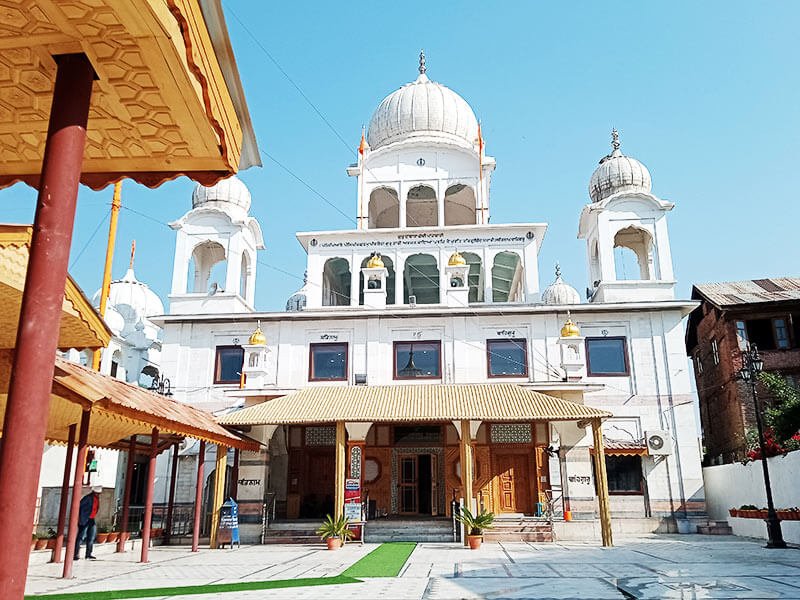
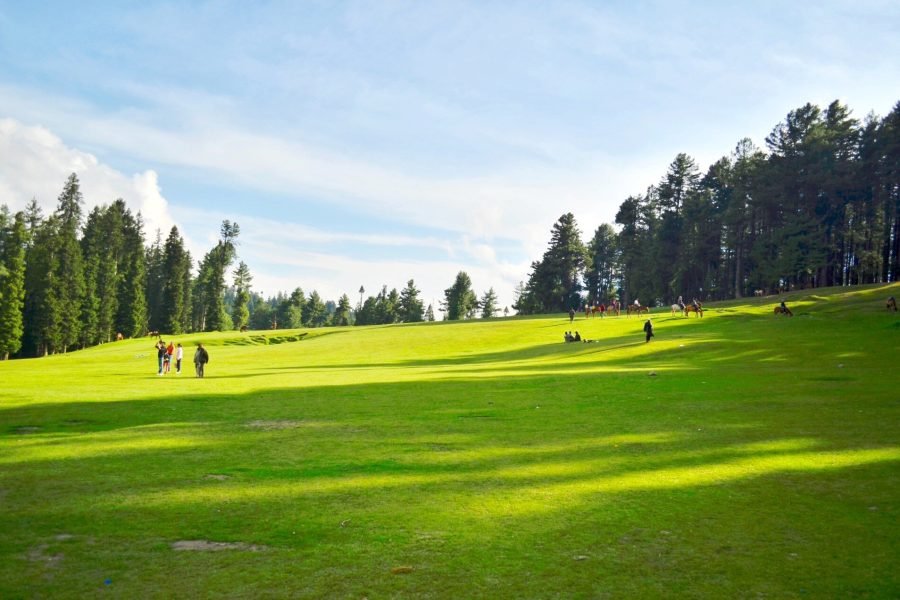
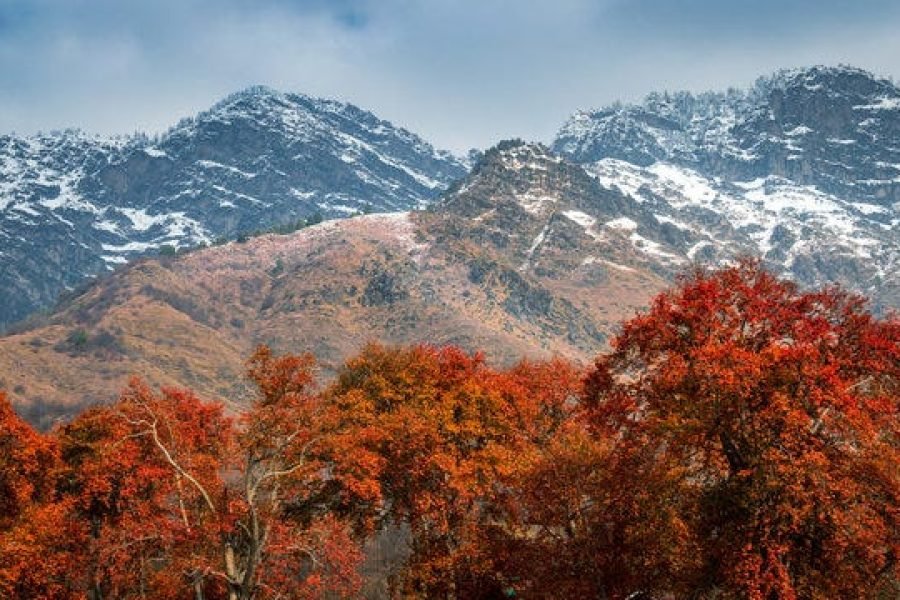
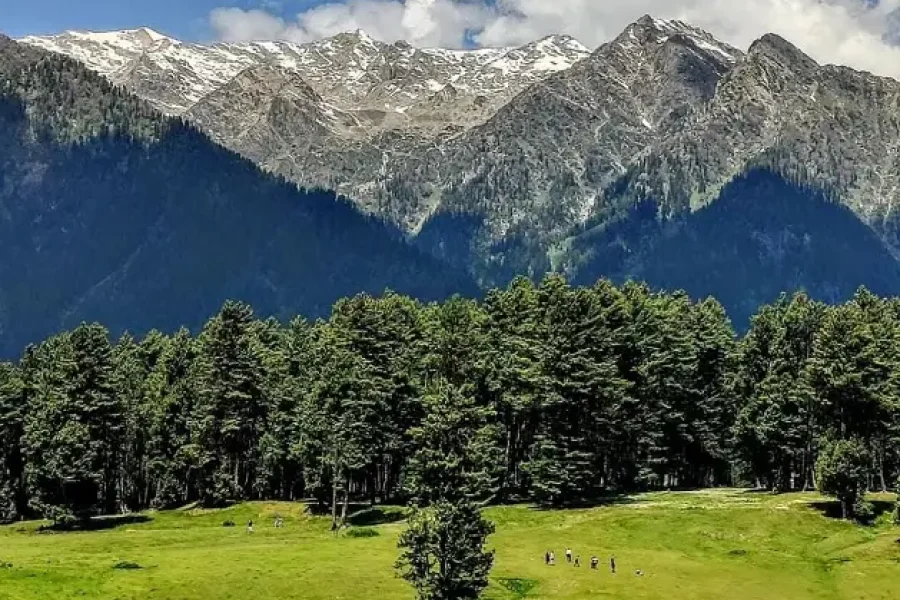
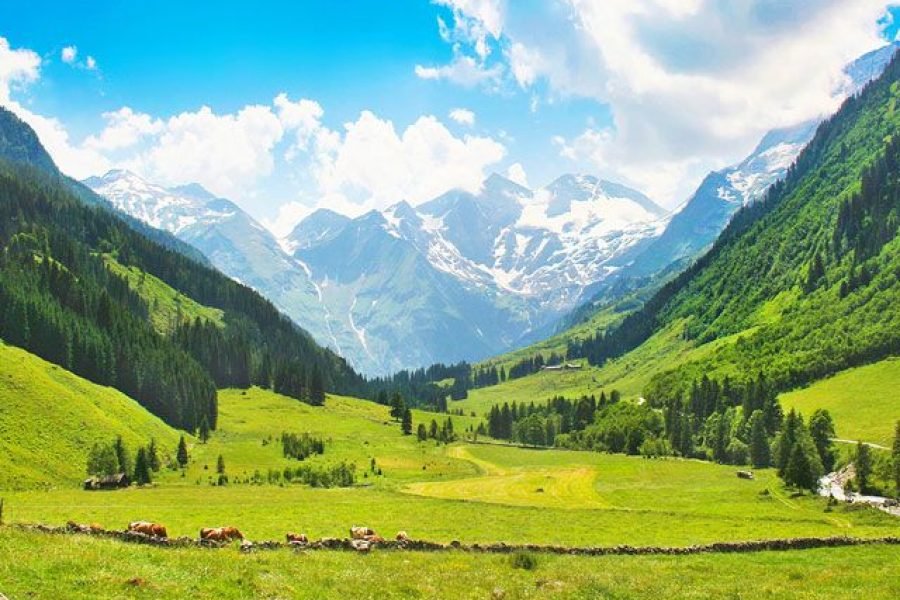
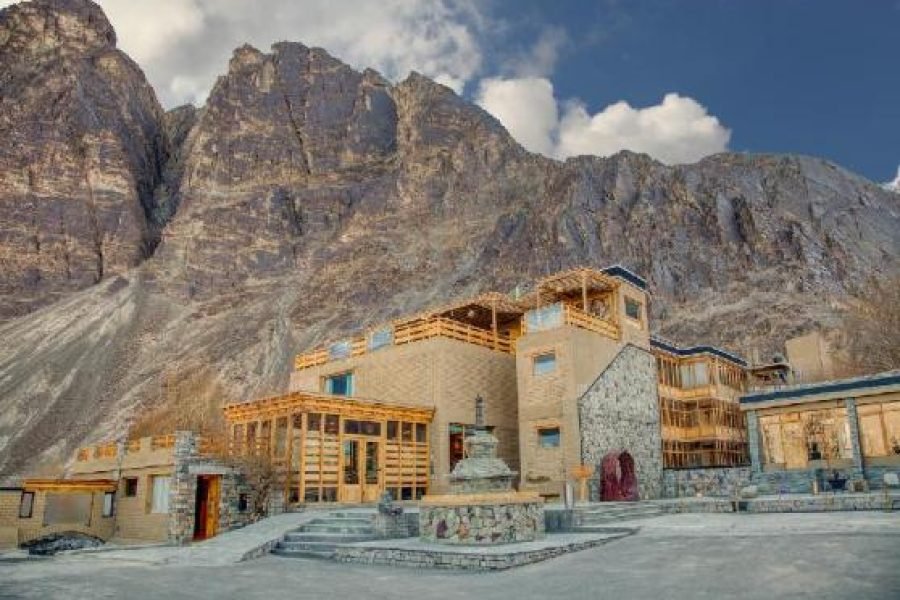

0 Comment